Che si dice in Cina?
Si parla di futuro. Il futuro è già qui. Chi è stato e ha vissuto a Shanghai mi dice che è così. La metropoli immensa (solo per uscire ti ci vuole tutto il weekend… esagero un po’), i grattacieli (abitare a un piano molto alto è consigliabile se vuoi sfuggire alle zanzare), i luoghi dove tutto può essere fatto costruito in un batter d’occhio, basta volerlo e saperlo spiegare. Visione occidentale questa? Sì, sicuramente. Comunque, fascino per un mondo che ci spiazza tutti quanti. Mi sono chiesta: in questo ambiente di velocità, ove modernità frenetica, passato, contraddizioni sono la quotidianità esiste il “gioiello contemporaneo” o il mondo delle perle e della giada prevale su tutto? Esiste un percorso artistico, esistono scuole che insegnino tecniche e progetto, esistono gallerie? Soprattutto, esiste interesse? Trovare l’interlocutore giusto non è stao facile, questa mia ricerca va avanti da mesi, ma ce l’ho fatta. Si chiama Shannon Guo, artista, dopo studi e due master negli Stati Uniti all’Indiana University of Pennsylvania, ha portato l’insegnamento di gioiello d’arte all’Università di Shanghai. È curatore (e fondatore) della twocities gallery. L’intervista che segue è ovviamente in inglese e come vedrete ho messo anche molte immagini che sono “divise” in sostanza in tre gruppi: gli artisti “giovani” (rappresentati spesso dalla galleria), i guru del gioiello cinese (spesso insegnanti nelle varie facoltà sul territorio cinese), alcuni tra gli artisti occidentali ammirati dall’intervistata (tra gli italiani, Giovanni Corvaja).
What is the current trend in Chinese contemporary jewelry?
Starting from about 15 years ago some art institute began to build jewelry and metals programs for higher education. We now have about 15 to 20 schools that have the program. The majority of the faculty who built the program studied abroad and have returned. Some studied jewelry and metals, others majored in fashion design, sculpture or multi-materials. They are now the main driving force in the contemporary jewelry scene and are experimenting with different ways of running the program. Some emphasize the conceptual and artistic side of jewelry. Some are closely connected with jewelry companies and are working with them on design projects. We see more and more individual designer’s brand, or more design-focused brand in the market now. Faculty and students are the main group of people who create one-of-a-kind conceptual jewelry pieces. We have small exhibitions among these artists that are usually organized by schools. The twocities gallery is one of the few galleries that promotes art jewelry.
Is there a typical Chinese way of making c.j?
China has a long history of making jewelry. We have rich traditions, especially minority groups such as Miao who make very unique jewelry pieces. The most commonly used technique nowadays are chasing and repoussé, filigree is still very popular, and of course the Chinese have been very fascinated with jade stone, usually carved and set in gold. It’s still very much in demand in the market.
Do young artists of c.j. take inspiration from traditional far-eastern imagery?
Yes, more and more young artists are turning to traditional Chinese imagery that speaks well to the people and the culture. Especially with the economic growth which heightens more awareness of our rich history.
Which techniques do they use most?
Most of them still use basic techniques such as piercing/chasing and repoussé, a lot of soldering and casting techniques and of course, stone setting is also an important technique.
What differences do you see between Western and Eastern c.j., if any?
I think the differences are mild, especially with the heavy influence of the western modern jewelry concept, but Eastern jewelry artists tend to take inspiration from their traditional culture and use more and more traditonal imagery. Western Jewelry artists are freer in using techniques and design concepts. Technique wise, I don’t see that much of a difference even in the metal raising technique which is very much similiar.
Do you have some artists you consider to be representative of Chinese c.j.?
I think of myself, professor Tang Xu Xiang from the Fine Arts college of Qing Hua University, professor Teng Fei from the Central Academy for the Fine Art, Wang ke Zhen and Zheng Jing from the Nan Jing Art Institute, Wang Zheng Hong and Huang Xiao Wang from the The Chinese Academy for the Arts in Hang Zhou…as the most represented in shows and publications related to contemporary jewelry.
Who are the gurus of C.c.j.?
All of the above would be consider pioneers in the young contemporary jewelry field.
Is there a real “market” for c.j. in China or does this kind of artistic production remain more “cultural” than “commercial”?
There is a growing market for contemporary jewelry here, but it depends on how you define “contemporary”. There are pieces with good, modern design concepts such as new forms, new materials…etc. Some are one-of-a-kind and some are limited pieces. The very conceptual and artistic type don’t sell at this point, but are usually just for exhibitions. In Shanghai we have about five stores that work with individual designers and show some contemporary pieces.
What kind of educational program would you recommend to young artists in both China or other parts of the world?
I would recommend jewelry programs that teach solid foundation of jewelry making techniques while exploring new design concepts. Programs what are balanced with conceptual creation and some commercial training opportunities so that students have more options after graduation. They can be both designers and artist; designers that understand the market and are willing to accomodate with it in the design process, while maintaining their own unique signature and having the skills to work on their own (both design and making).
In Europe and US there are c.j. fairs (in Munich, London, New York, Chicago…): does China host any similar fairs?
China has some jewelry fairs, but they are mostly commercial based. Not many individual designers or artists are represented on the fairs.
Who are the foreign artists you particularly admire?
I have several foreign jewelry artists that I admire. Professor Lynda La Roche, Pat Flynn, Giovanni Corvaja, Namu Cho, Biba Schuts, Roberta and David Williamson are among them.
In Munich I saw the work of a Chinese artist, Yi Liu, student at School of Jewelry in Birmingham (UK). Do you know him?
I don’t know him, but I do know that Wang Ke Zhen and Huang Xiao Wang (mentioned above) are graduated from Birmingham, which has a pre-graduate school program in Shanghai, where Chinese students can train for a year before they enter the master program in the UK. The teacher is Lisa Juen, I invited her to be in a contemporary jewelry show which I curated about two years ago.











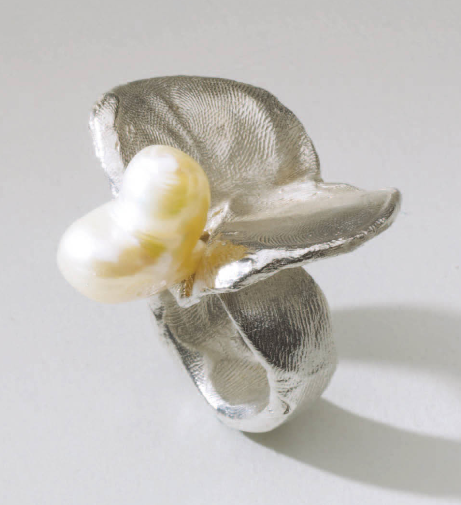




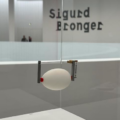
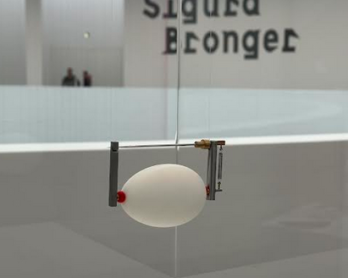
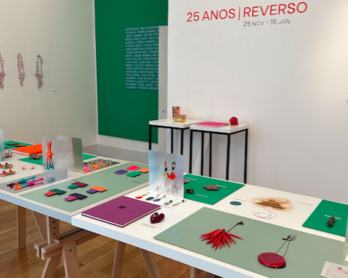
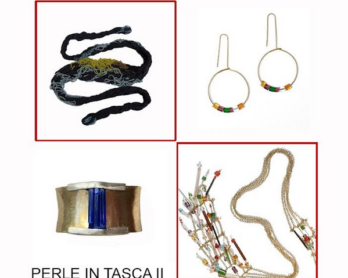
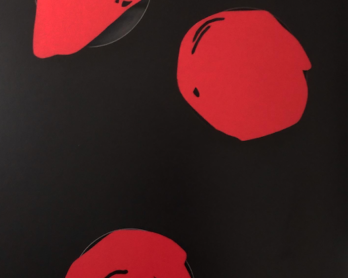

[…] about contemporary jewellery in China nowadays. If you want to read it, it’s here: “Che si dice in Cina?” (don’t be affraid, the interview is in […]
molto interessante vedere il lato non tradizionale della cina, un mondo che l’oreficeria tradizionale teme (con ragione). dopo anni in cui chi andava (strapagato) a insegnare ai cinesi a lavorare ora vede ridursi il mercato ad opera di questi ultimi.
personalmente trovo importante che il “contemporaneo” si stia diffondendo anche in cina , paese che trova ancora molte difficoltà ad esprimersi a causa del suo regime